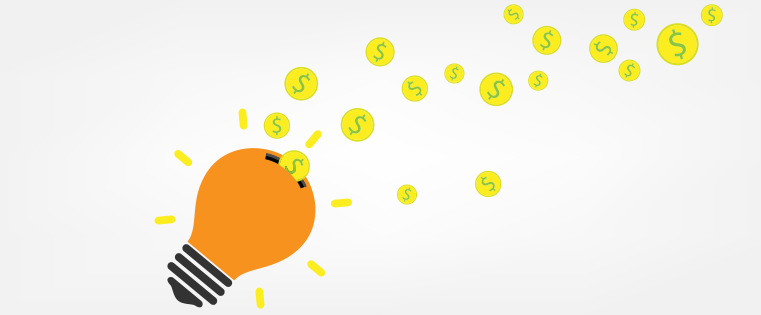This post originally appeared on HubSpot's Sales Blog. To read more content like this, subscribe to Sales.
As marketers, it's our job to be convincing ... but that doesn't mean it's easy. In fact, persuading someone to complete a certain action requires a lot of careful consideration.
Click here for our free guide to improving your presentation skills.
For example, I'm willing to bet at least one person that's reading this has a child with a messy room. How do you get a kid to clean their room?
You beg and plead. You offer rewards. You threaten punishments. You create checklists. You offer to pitch in. You might even just forget the whole thing, and make peace with the disaster behind the door.
But all of these approaches come from a single perspective -- why it's important to you that your child cleans her room. Wouldn't it be more effective to help the child to realize the benefits of a clean room?
In the following video, Daniel Pink uses this very example to set the record straight on persuasion.
"We tend to think persuasion or motivation is something that one person does to another," Pink says. "But what the social science clearly tells us it's really something people do for themselves."
Watch the clip to discover the power of counterintuitive questions in persuasion (and finally get a no-fail room cleaning remedy).
By the way -- Daniel Pink is set to grace the stage of INBOUND 2015. To see him speak in person, register here.
Liked this article? Click here to subscribe to Sales.







![30 Ways to Lose an Argument [Infographic]](http://53.fs1.hubspotusercontent-na1.net/hub/53/file-2617077144-jpeg/lose-argument.jpeg)
![The Science of Persuasion [Infographic]](http://53.fs1.hubspotusercontent-na1.net/hub/53/file-2321541114-jpeg/scientific_experiment.jpeg)